Related Research Articles
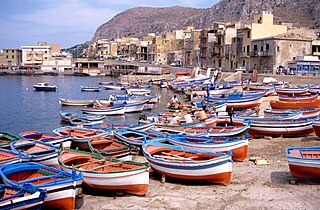
Bagheria is a city and comune in the Metropolitan City of Palermo in Sicily, located approximately 10km to the east of the city centre.

The Montessori method of education is a type of educational method that involves children's natural interests and activities rather than formal teaching methods. A Montessori classroom places an emphasis on hands-on learning and developing real-world skills. It emphasizes independence and it views children as naturally eager for knowledge and capable of initiating learning in a sufficiently supportive and well-prepared learning environment. It also discourages some conventional methods of achievement, such as grades and tests.

Dacia Maraini is an Italian writer. Maraini's work focuses on women's issues, and she has written numerous plays and novels. She has won awards for her work, including the Formentor Prize for L'età del malessere (1963); the Fregene Prize for Isolina (1985); the Premio Campiello and Book of the Year Award for La lunga vita di Marianna Ucrìa (1990); and the Premio Strega for Buio (1999). In 2013, Irish Braschi's biographical documentary I Was Born Travelling told the story of her life, focusing in particular on her imprisonment in a concentration camp in Japan during World War II and the journeys she made around the world with her partner Alberto Moravia and close friends Pier Paolo Pasolini and Maria Callas.

Maria Tecla Artemisia Montessori was an Italian physician and educator best known for her philosophy of education and her writing on scientific pedagogy. At an early age, Montessori enrolled in classes at an all-boys technical school, with hopes of becoming an engineer. She soon had a change of heart and began medical school at the Sapienza University of Rome, becoming one of the first women to attend medical school in Italy; she graduated with honors in 1896. Her educational method is in use today in many public and private schools globally.

Rosa Vercellana, 1st Countess of Mirafiori and Fontanafredda, commonly known as 'Rosina' and, in Piedmontese, as La Bela Rosin, was the mistress and later wife of Victor Emmanuel II, King of Italy. Despite this, the morganatic status of her marriage meant that she was never recognized as Queen of Italy.
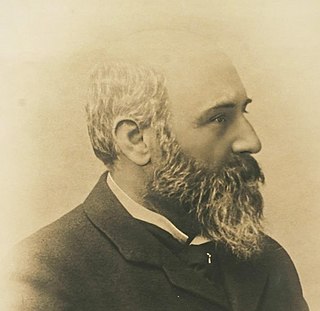
Leopoldo Franchetti was an Italian publicist, politician, and patron. He was a deputy in the Italian Chamber of Deputies and later became a Senator. He was very active in promoting education and concrete solutions for economic, social and political problems in Italy both through his own political initiatives and through his support of his wife Alice Hallgarten.

Franca Marzi was an Italian film actress. She appeared in 80 films between 1943 and 1977.

Saint Ambrose is a small church which is an annex to the farmhouse that takes its name from it, in Brugherio, Italy.
The Italy women's national artistic gymnastics team represents Italy in FIG international competitions.
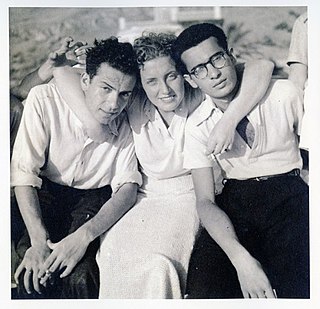
Topazia Alliata was an Italian painter, curator, art dealer and writer.
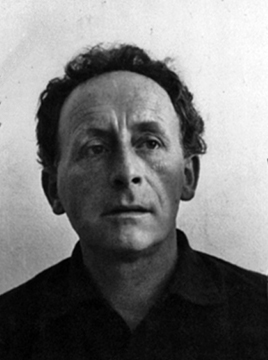
Leoncillo Leonardi, commonly known as Leoncillo, was an Italian sculptor who worked principally in glazed ceramics, often large-scale, and often using vivid colours. Until the mid-1950s his work was mostly figurative, but became more abstract thereafter. In 1946 he was among the founding members of the Nuova Secessione Artistica Italiana, which soon became the Fronte Nuovo delle Arti. He received the Premio Faenza in 1954 and again in 1964, and won the sculpture prize at the Biennale di Venezia of 1968. His work was also part of the sculpture event in the art competition at the 1948 Summer Olympics.

Maria Alinda Bonacci Brunamonti was an Italian poet and scholar. Her poetry dealt with contemporary issues, and she became the first woman in Italy to vote.

Margherita Ancona was an Italian teacher and active in the women's suffrage movement in Milan. She was the secretary and later president of the radical bourgeois Comitato lombardo pro suffragio and member of the Italian branch of the International Woman Suffrage Alliance (IWSA). One of the leaders of the Italian women's suffrage campaigns, she was the only Italian woman to serve in her era on the board of the IWSA and was as a delegate to the Inter-Allied Women's Conference of 1919.
Bianca Bianchi was an Italian teacher, socialist politician, feminist, and writer.
Maria Rosa Cutrufelli is an Italian writer and journalist.
Romeyne Robert Ranieri di Sorbello, also known as Romeyne Robert, was an aristocrat and businesswoman, originally from the United States. She was a member of the Ranieri Bourbon di Sorbello family.
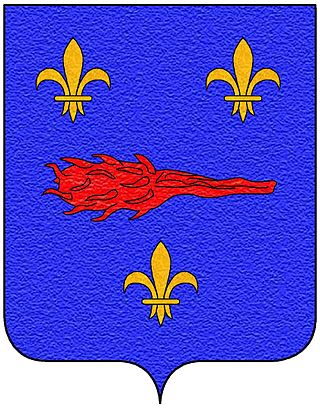
The House of the Bourbon di Sorbello marquises is a noble family originating in the early Middle Ages, the holder until 1819 of the imperial fief of Sorbello, entering among the ranks of the oligarchy of the city of Perugia in the 18th century.
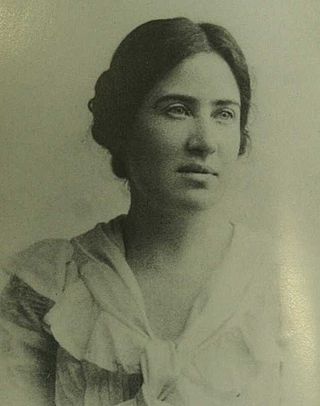
Gina Elena Zefora Lombroso was an Italian physician, writer, psychiatrist, and criminologist, best remembered for her uncredited writings on the subjects of criminology and psychiatry co-authored with her father Cesare Lombroso, her individual writings on the female condition and industrialisation. She was the wife of Italian historian and writer Guglielmo Ferrero (1871–1942) and hence adopted the surname Ferrero-Lombroso. Their son Leo Ferrero (1903–1933), a writer and playwright, died in a car accident in Santa Fe (USA). All three are buried at the Cimetière des Rois in Geneva, Switzerland.
Elisa Montessori is an Italian painter.

Maria Montessori is a 2023 French–Italian historical drama film written and directed by Léa Todorov. The film stars Jasmine Trinca as Maria Montessori and Leïla Bekhti as a fictionalised woman who seeks her help. It is the director's second film.
References
- ↑ Buseghin, Maria Luciana. Alice Hallgarten Franchetti. Un modello di donna e di imprenditrice nell’Italia tra ‘800 e ‘900, Selci Lama, Editrice Pliniana, 2013, pp. 2.
- ↑ Buseghin, Maria Luciana. “Alice Hallgarten Franchetti: A Woman Beyond Barriers.” A Female Activist Elite in Italy (1890–1920), Springer International Publishing, 2021, pp. 59–92, https://doi.org/10.1007/978-3-030-87159-8_3.
- ↑ Modena, Luisa Levi D'Ancona. “Jewish Women in Non-Jewish Philanthropy in Italy (1870–1938).” Nashim: A Journal of Jewish Women's Studies & Gender Issues, no. 20, 2010, pp. 9–33. JSTOR, www.jstor.org/stable/10.2979/nas.2010.-.20.9. Accessed 25 Sept. 2020
- ↑ pp.63
- ↑ Buseghin, Maria Luciana. Alice Hallgarten Franchetti. Un modello di donna e di imprenditrice nell’Italia tra ‘800 e ‘900, Selci Lama, Editrice Pliniana, 2013, pp. 3.
- ↑ Sofia Bisi Albini, Il trionfo di una donna Maria Montessori, «Vita femminile italiana», a.IV, fasc.V, maggio 1910, pp. 482-485
- ↑ Toniolo, Gianni, ed. (2013). The Oxford handbook of the Italian economy since unification. New York, NY: Oxford University Press. ISBN 9780199936694.
- ↑ McDonald, J.S. (October 1958). "Some Socio-Economic Emigration Differentials in Rural Italy, 1902-1913". Economic Development and Cultural Change. 7 (1): 55–72. doi:10.1086/449779. ISSN 0013-0079. S2CID 153889304.
- ↑ Buseghin pp.64
- ↑ Buseghin pp.66
- ↑ Buseghin pp.69
- ↑ Buseghin pp.69
- ↑ Buseghin pp.69
- ↑ Buseghin pp.70-72
- ↑ G. Alatri (2018), Maria Montessori e Maria Maraini Guerrieri Gonzaga, in «Annali di storia dell’educazione e delle istituzioni scolastiche», XXV, 2018, p. 121. ISBN 9788828400264
- ↑ Buseghin pp.79-80
- ↑ Buseghin pp.85